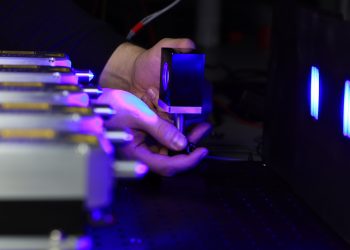On December 25, 2021, the James Webb Space Telescope rocketed into space.



On December 25, 2021, the James Webb Space Telescope launched successfully into orbit from an Ariane 5 rocket. Rocketry has been the only way we’ve ever successfully propelled a spacecraft any substantial distances through space.
The plan envisioned six months of deployment, cooling, and calibration.



The secondary mirror’s deployment sequence is shown in this time lapse image. It must be precisely located just under 24 feet, or a little over 7 meters, from the primary mirror. This was one of a few hundred steps that needed to occur as planned, without failure, to bring a fully functional JWST online.
Afterwards, science operations would commence, yielding a 5-to-10 year anticipated lifetime.


When all the optics are properly deployed and the telescope is fully calibrated, James Webb should be able to view any object beyond Earth’s orbit in the cosmos to unprecedented precision, with its primary and secondary mirrors focusing the light onto the instruments, where data can be taken, reduced, and sent back to Earth.
Yet on April 28, 2022, each instrument’s alignment was completed, with a ~20 year lifetime expected.
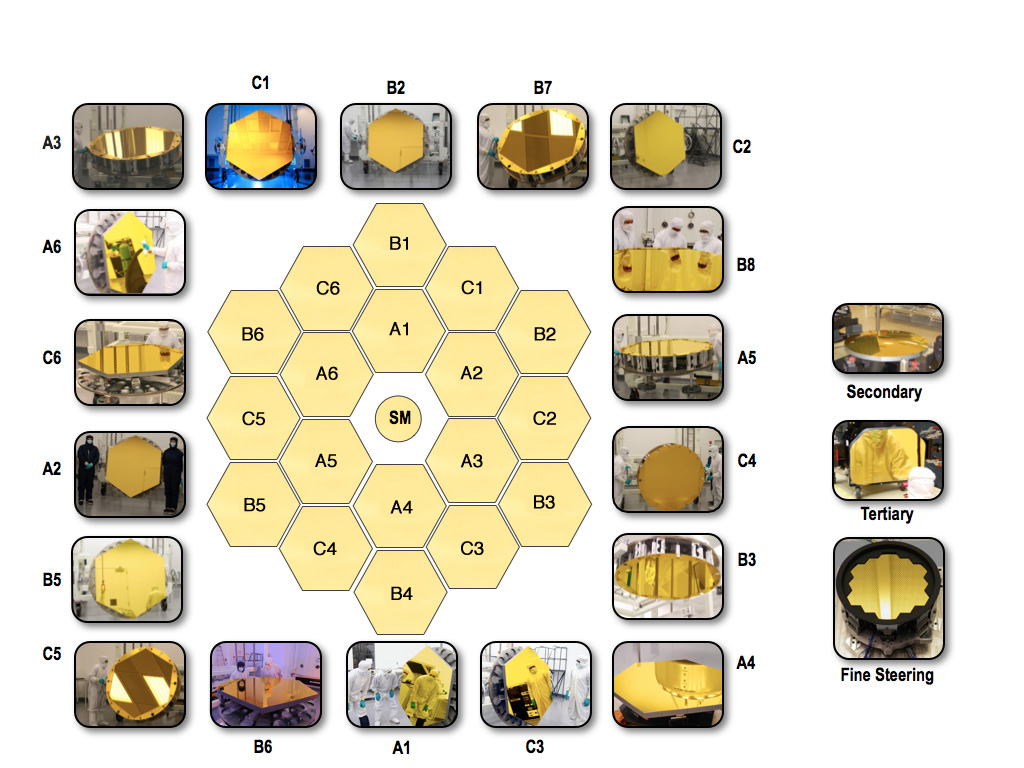


This image shows the 18 individual segments that make up James Webb’s primary mirror, and the three independent sets of mirrors, labeled with letters A, B, and C and numbers 1-6, that correspond to the installed position of each mirror on the currently deployed telescope.
Both telescope and team performed dazzlingly, surpassing expectations overall.
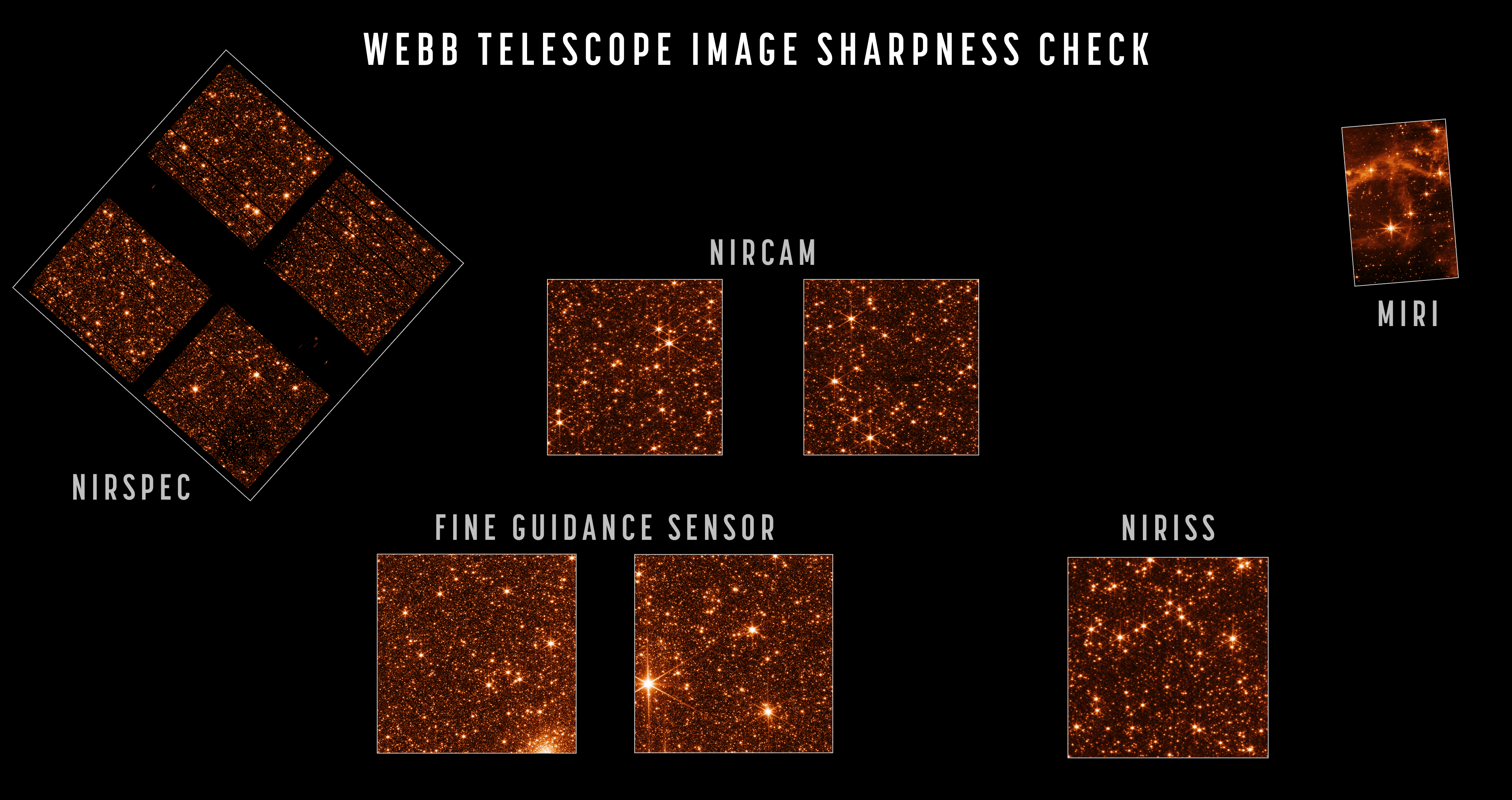


This multi-paneled image shows the details returned by each of the JWST’s instruments in the same pointing/field-of-view. For the first time, all of the instruments across the full field-of-view are properly and fully calibrated, bringing JWST one step closer to being ready to begin science operations.
First: the pristine, on-course launch conserved fuel purposed for course-correction.
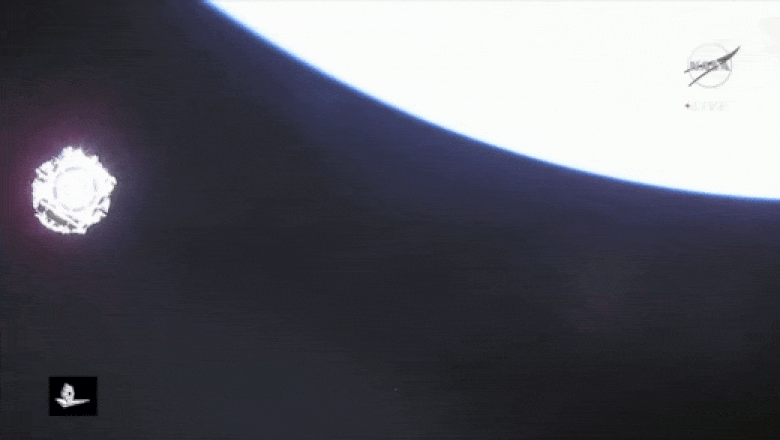


As the solar array deployed 29 minutes after launch, and ~4 minutes ahead of schedule, it became clear that NASA’s James Webb Space Telescope was operational and receiving power, and well on its way towards its ultimate destination. The launch was an unparalleled success.
JWST reached its destination, the L2 Lagrange point, ahead of schedule.
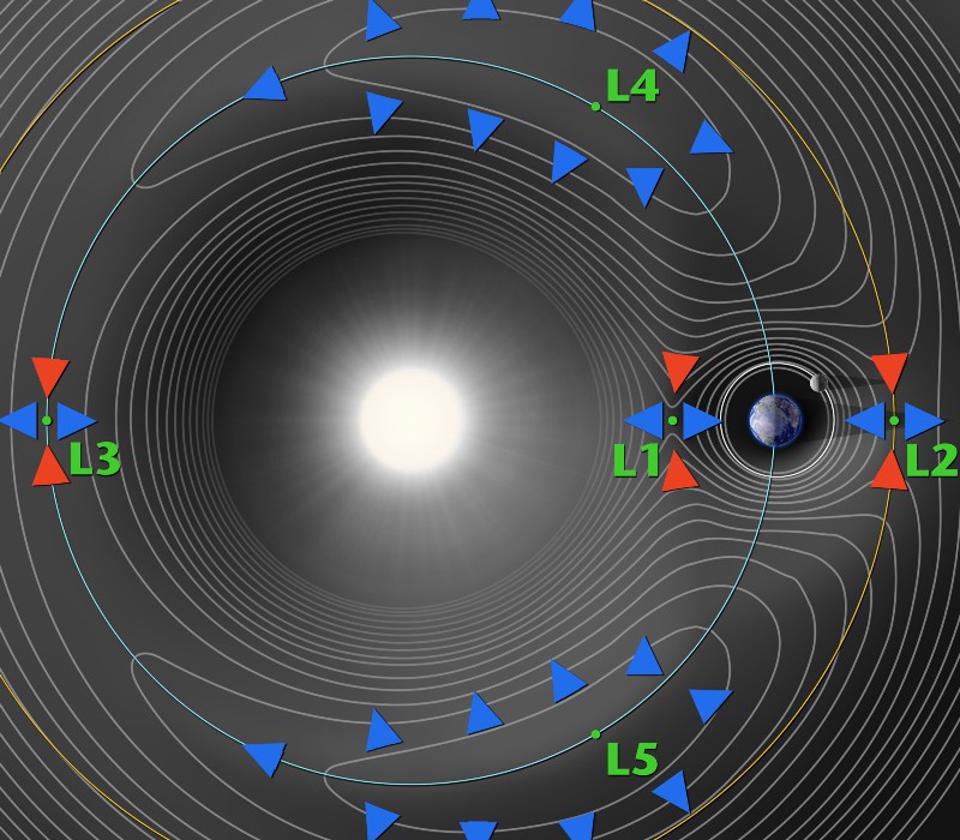


Every planet orbiting a star has five location around it, Lagrange points, that co-orbit. An object precisely located at L1, L2, L3, L4, or L5 will continue to orbit the Sun with precisely the same period as Earth does, meaning that the Earth-spacecraft distance will be constant. L1, L2, and L3 are unstable points of equilibrium, requiring periodic course corrections to maintain a spacecraft’s position there, while L4 and L5 are stable. Webb successfully inserted itself in orbit around L2, and must always face away from the Sun for cooling purposes.
Every component deployed correctly, and cooled as planned.



The current status of the JWST shows how far along it is in each of its deployment steps, including the calibration of various components and the temperature of each instrument. Science operations are nearly ready to commence.
In early February, the 7-step alignment/commissioning process began.



A portion of the Hubble eXtreme Deep Field that’s been imaged for 23 total days, as contrasted with the simulated view expected by the JWST in the infrared. By choosing its targets judiciously, the James Webb Space Telescope should be able to reveal extraordinary details about the most distant objects in the Universe that no other observatory could hope to reveal. Once calibration is complete, this type of science work can commence.
First, the images produced by each mirror segment were identified.



This image mosaic was created by pointing the telescope at a bright, isolated star in the constellation Ursa Major known as HD 84406. This star was chosen specifically because it is easily identifiable and not crowded by other stars of similar brightness, which helps to reduce background confusion. Each dot within the mosaic is labeled by the corresponding primary mirror segment that captured it. These initial results closely match expectations and simulations.
Second, the images were aligned, and then third, were stacked.



This three-panel animation shows the difference between 18 unaligned individual images, those same images after each segment had been better configured, and then the final image where the individual images from all 18 mirror had been stacked and co-added together. The pattern made by that star, known as the “nightmare snowflake,” can be improved upon with better calibration.
Fourth, coarse phasing synthesized 18 small telescopes into one large one.
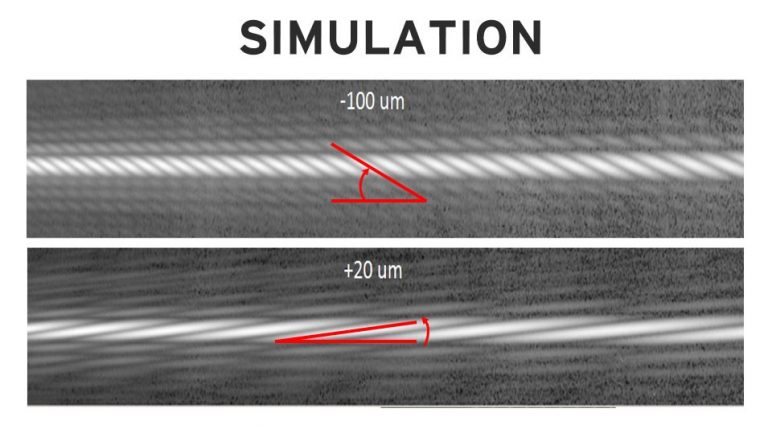


After image stacking, where all the light is placed at one location on the detector, the segments still need to be aligned with one another with an accuracy smaller than the wavelength of light. Coarse phasing measures and corrects the vertical displacement (i.e., piston difference) of the mirror segments. Smaller piston errors create fewer “barber pole” stripes in this NASA simulation.
Fifth, NIRCam’s fine phasing occurred, creating the first fully focused image.
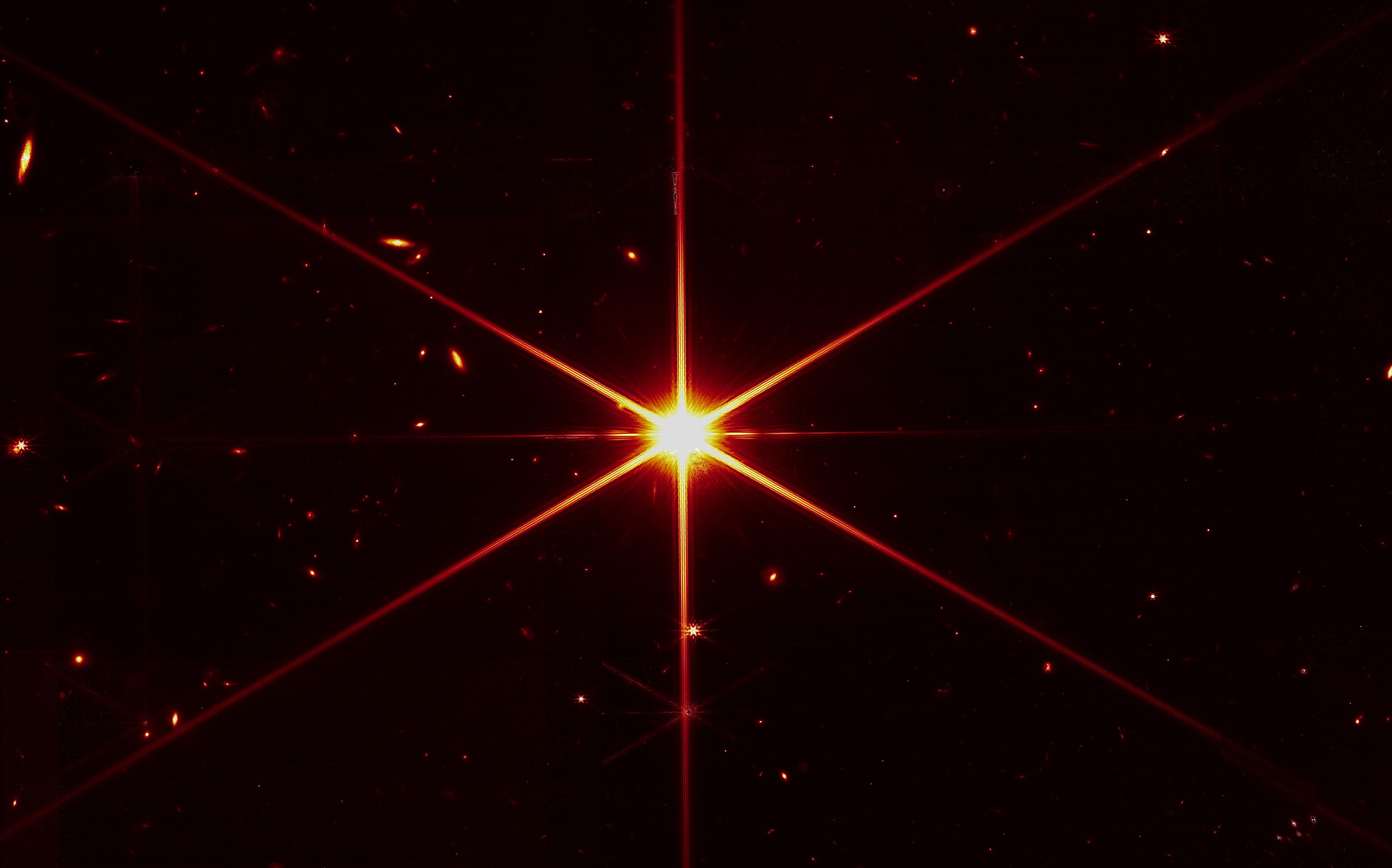


The very first finely-phased image ever released by NASA’s James Webb Space Telescope shows a single image of a star, complete with six prominent diffraction spikes (and two less-prominent ones), with background stars and galaxies revealed behind it. As remarkable as this image is, it’s likely to be the worst James Webb Space Telescope image you’ll ever see from hereon out.
JWST’s unique set of spikes arises from the telescope’s optical design.
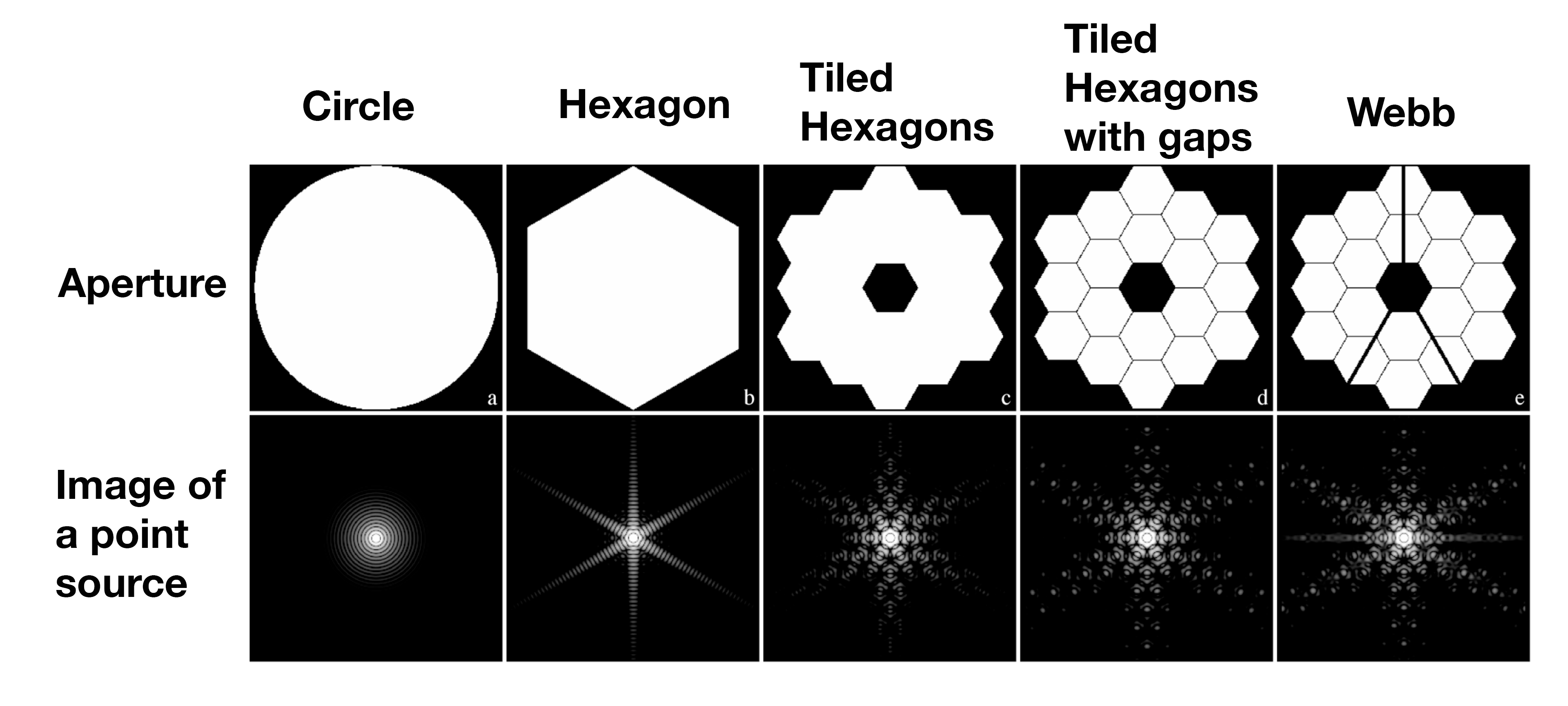


The point spread function for the James Webb Space Telescope, as predicted back in a 2007 document. The four factors of a hexagonal (not circular) primary mirror, composed a set of 18 tiled hexagons, each with ~4 mm gaps between them, and with three support struts to hold the secondary mirror in place, all work to create the inevitable series of spikes that appear around bright point sources imaged with JWST.
Sixth, the alignment coverage extended across JWST’s instrument suite and full field-of-view.
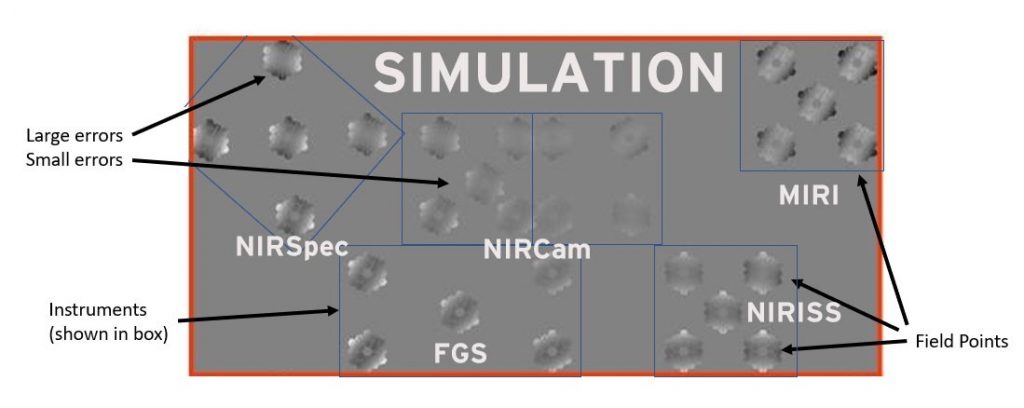


After fine-phasing, the telescope is well-aligned only at one place in NIRCam’s field-of-view. By making measurements at multiple field points across each of the instruments, the intensity variations can be reduced until they’re optimal, achieving a well-aligned telescope across all science instruments.
Seventh, final iterative corrections finished the alignment.
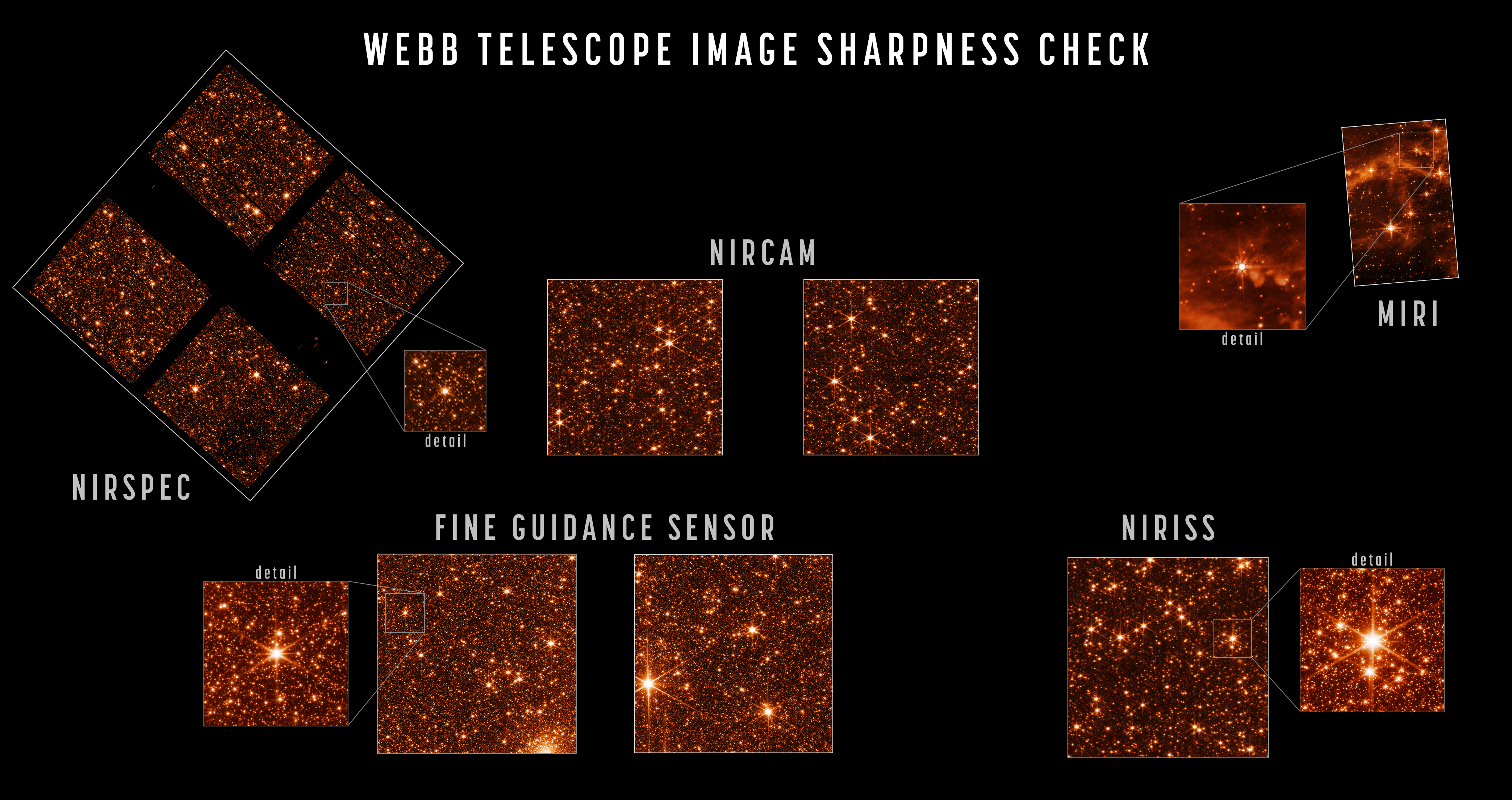


Engineering images of sharply focused stars in the field of view of each instrument demonstrate that the telescope is fully aligned and in focus. For this test, Webb pointed at part of the Large Magellanic Cloud, a small satellite galaxy of the Milky Way, providing a dense field of hundreds of thousands of stars across all the observatory’s sensors.
Now NIRCam,



Originally, when the first images of JWST’s spectacular “8 spiked” bright star was produced, that was an indication that the workhorse camera aboard the spacecraft, NIRCam, was calibrated at one point. Now, that calibration is across JWST’s entire field of view, across the full NIRCam field as well as the fields of all the other instruments.
fine-guidance sensor,



The Fine-Gudance Sensor aboard the JWST will track guide stars to point the observatory precisely and accurately, and will take calibration images rather than images used to extract scientific data.
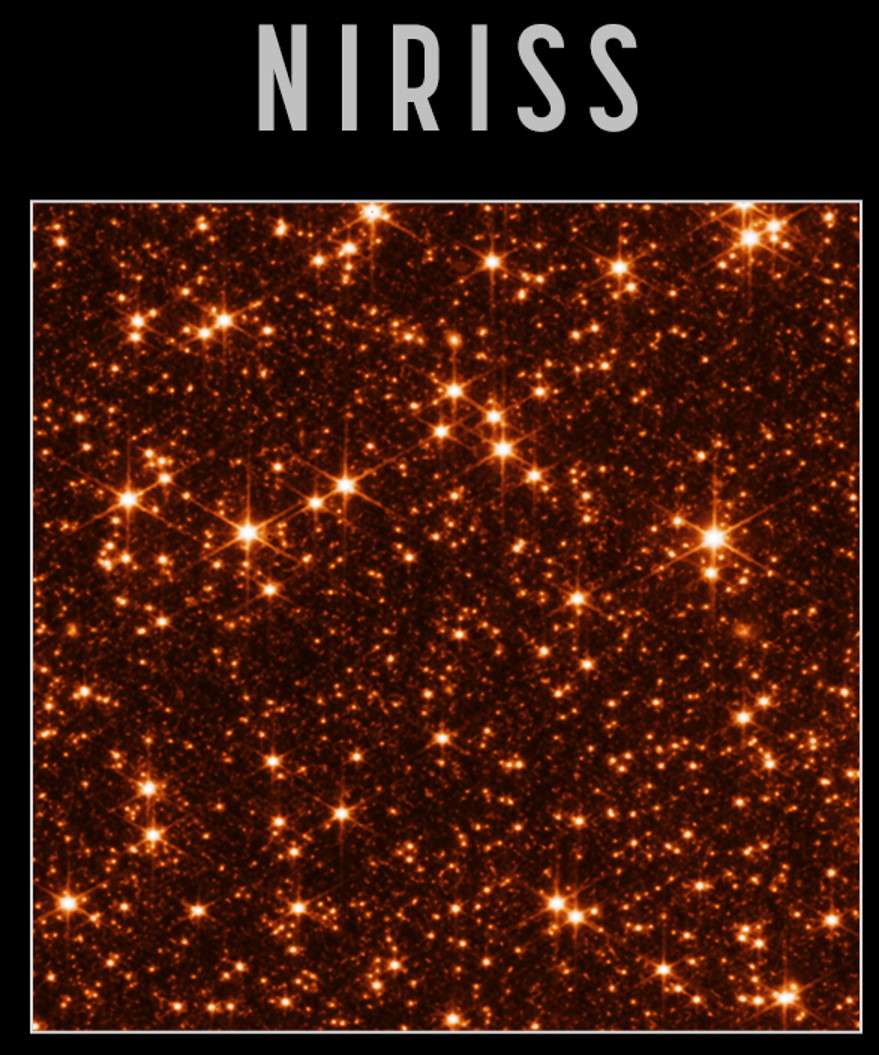


The Near InfraRed Imager and Slitless Spectrograph, part of the same instrument as the Fine-Guidance Sensor, is designed to excel at exoplanet detection, characterization, and transit spectroscopy. If there are bio-hints out there around exoplanets, the NIRISS instrument should find them.
NIRSPEC,



NIRSpec is a spectrograph rather than imager but can take images, such as the 1.1 micron image shown here, for calibrations and target acquisition. The dark regions visible in parts of the NIRSpec data are due to structures of its microshutter array, which has several hundred thousand controllable shutters that can be opened or shut to select which light is sent into the spectrograph.
and MIRI instruments are all aligned.
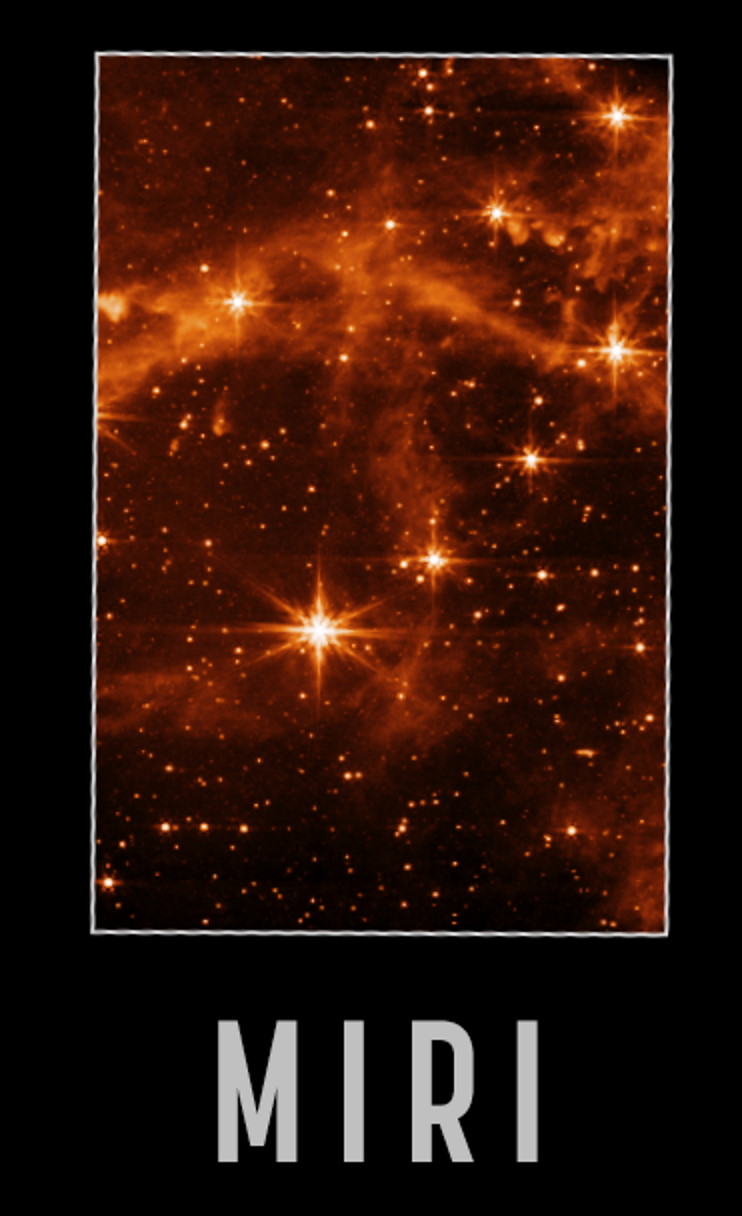


Although the MIRI (Mid-InfraRed Instrument) of the James Webb Space Telescope achieves the lowest resolution owing to the long wavelengths it’s sensitive to, it’s also the most powerful instrument in many ways, capable of revealing the most distant features in the Universe of all.
Only instrument commissioning and final calibrations remain.
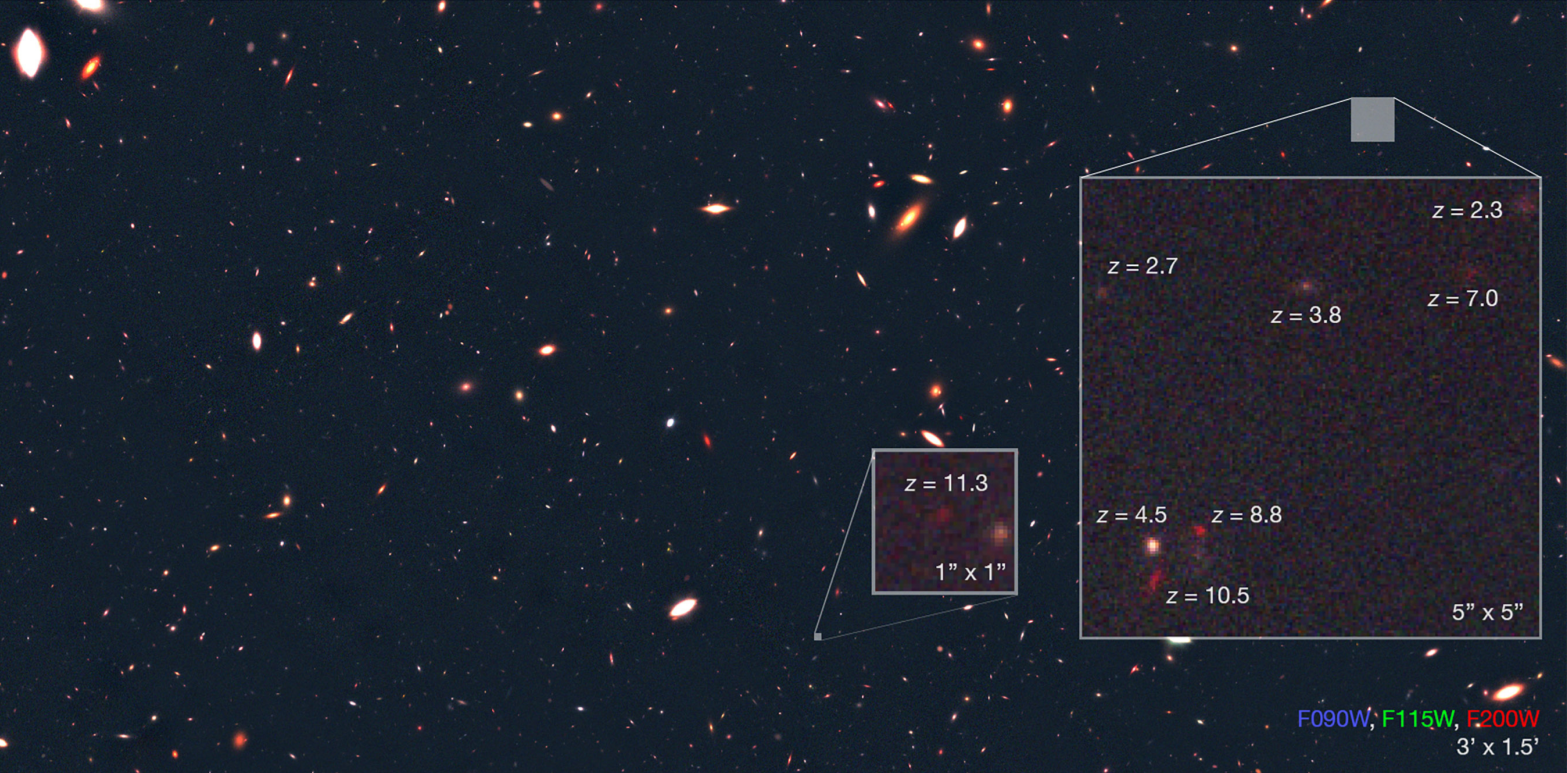


This is a simulated JWST/NIRCam mosaic that was generated using JAGUAR and the NIRCam image simulator Guitarra, at the expected depth of the JADES Deep program. It is quite likely that in its first year of science operations, James Webb will break many records that Hubble set over the course of its 32 year (and counting) lifetime, including records for most distant galaxy and most distant star.
With fuel savings and rapid alignment, ~20+ years of science operations will soon begin.
Mostly Mute Monday tells an astronomical story in images, visuals, and no more than 200 words. Talk less; smile more.

